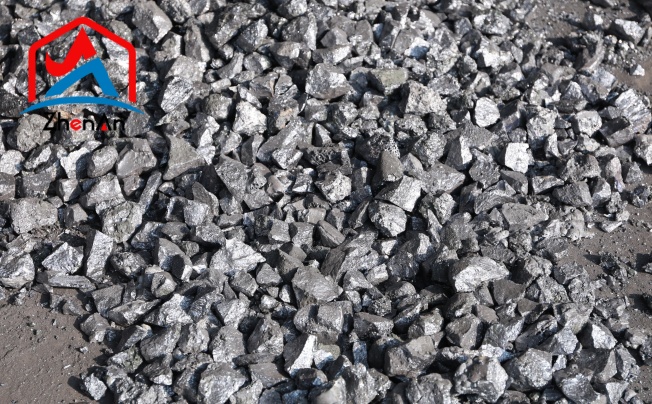About Silicone
Durability: Double-Edged Sword
One of silicone's most lauded attributes is its durability. Unlike plastics, silicone does not degrade easily, resisting extreme temperatures, UV radiation, and chemical erosion. This longevity makes silicone an excellent material for products that need to withstand harsh conditions, thereby reducing the frequency of replacement and, ostensibly, the overall material consumption.
However, this very durability presents a paradox. Silicone's resistance to degradation means that once it becomes waste, it remains in the environment for an extended period. Unlike organic materials that decompose and reintegrate into natural cycles, silicone accumulates, posing long-term disposal challenges.
Use Phase: Benefits and Drawbacks
In use, silicone offers several environmental benefits. Its inert nature makes it a safe choice for medical applications and food contact products, reducing the risk of chemical leaching that can occur with some plastics. Silicone's thermal stability and non-stick properties also mean it can replace single-use items with reusable alternatives, such as baking mats and straws, thus potentially reducing plastic waste.
Disposal
Disposing of silicone products presents a significant environmental challenge. Unlike some plastics that can be recycled through established systems, silicone recycling is limited and complex. The current recycling processes often require downcycling, where silicone is broken down into less functional forms, rather than closed-loop recycling that retains the material's original quality.
Landfilling silicone waste is another prevalent method of disposal, but given its resistance to degradation, silicone contributes to the growing issue of persistent solid waste. Incineration is an option, yet it is not without drawbacks. While burning silicone at high temperatures can reduce its volume, it can also release harmful emissions if not done under controlled conditions.
Emerging Solutions and Alternatives
In response to the environmental challenges posed by silicone, researchers and companies are exploring more sustainable alternatives and improvements in recycling technology. Innovations such as biodegradable silicone and enhanced recycling processes hold promise for reducing the material's ecological footprint.
Additionally, a shift toward circular economy principles, where products are designed for longevity, reuse, and easy recycling, could mitigate some of the adverse impacts. Encouraging responsible consumption, along with investing in better waste management infrastructure, is crucial for addressing the silicone conundrum.
How Bad Is Silicone For The Environment?
Silicone, a synthetic polymer composed of silicon, oxygen, carbon, and hydrogen, has gained widespread use in various industries due to its unique properties. Its chemical composition typically consists of silicon-oxygen chains with organic side groups.
The material is employed in diverse forms such as Room-Temperature Vulcanizing (RTV), High-Temperature Vulcanizing (HTV), and Liquid Silicone Rubber (LSR). While it finds applications across industrial sectors for seals, gaskets, and adhesives, silicone’s versatility extends to consumer products like kitchenware, personal care items, and medical devices.
Its exceptional properties make it indispensable in medical uses such as implants and prosthetics. Given its pervasive usage and potential environmental impact, conducting a comprehensive assessment is crucial.
Production Process and Environmental Impact
The production of silicone involves intricate processes starting from raw material extraction. Silica mining entails significant environmental disruption through land disturbance and habitat alteration while consuming substantial energy resources. Alternatively, petrochemical sources contribute to silicone production through crude oil extraction and refining processes that bear their own environmental implications.
The synthesis of silicone involves chemical reactions with potential emissions of volatile organic compounds (VOCs) or other harmful by-products. This phase also demands considerable energy inputs contributing to the material’s carbon footprint relative to other materials.
Silicone in Use: Environmental Considerations
Once in use, the durability and longevity of silicone are notable advantages as they contribute to reduced replacement frequency; however, this extended lifespan may pose challenges during disposal if not managed properly. Additionally, the versatility and reusability of silicone present opportunities for waste reduction through initiatives such as designing reusable products or repurposing materials for alternative uses.
Conclusively evaluating the environmental impact of silicone necessitates a comprehensive understanding of its life cycle – from production to disposal – while considering comparative assessments against alternative materials.
Despite potential drawbacks associated with its production processes and end-of-life scenarios, advancements in sustainable practices offer promising prospects for mitigating these impacts. With increased awareness amongst consumers coupled with innovative developments in greener synthesis methods and improved recycling technologies on the horizon, there exists an optimistic outlook for fostering more sustainable approaches towards incorporating silicone within our daily lives.






